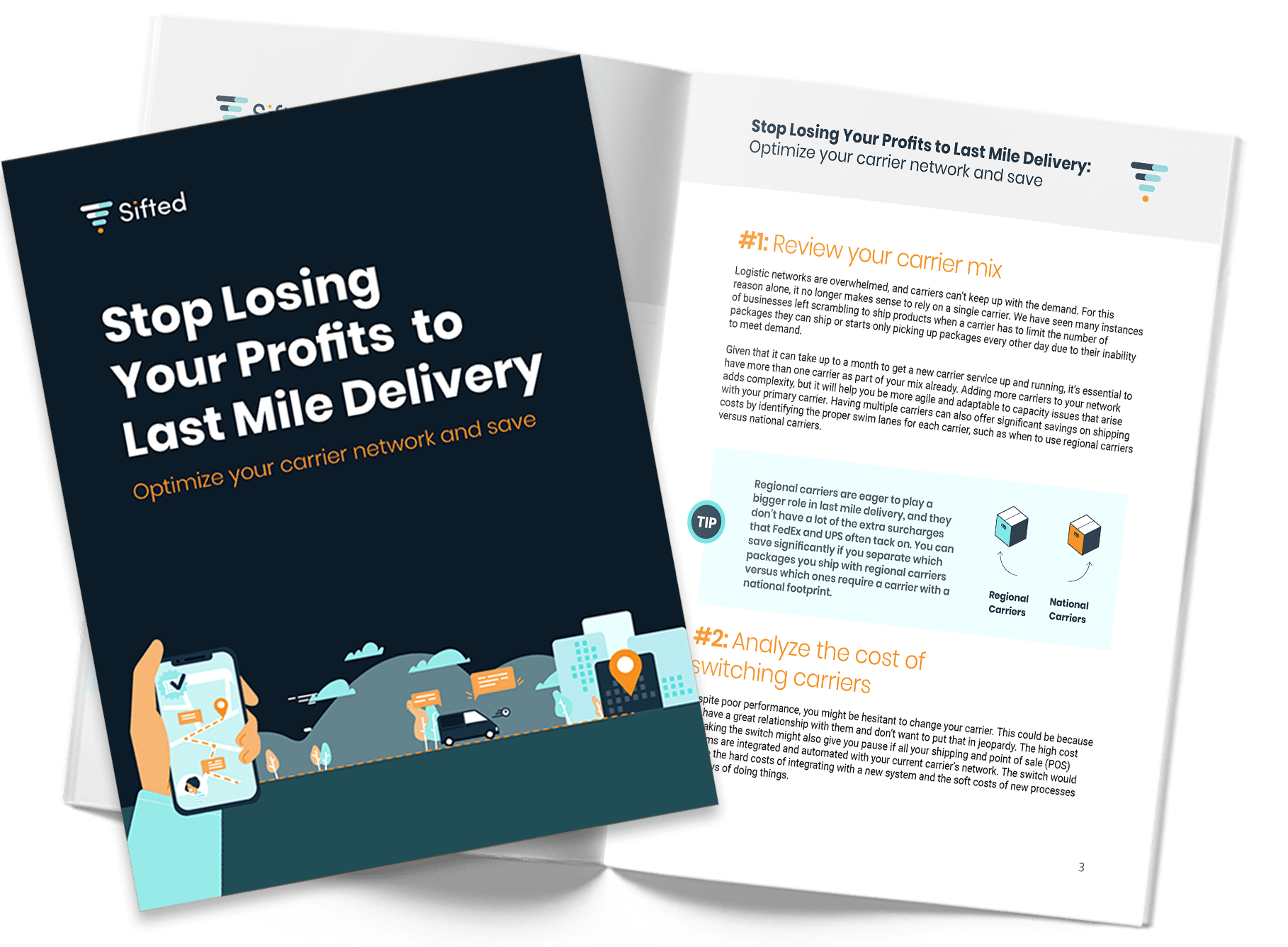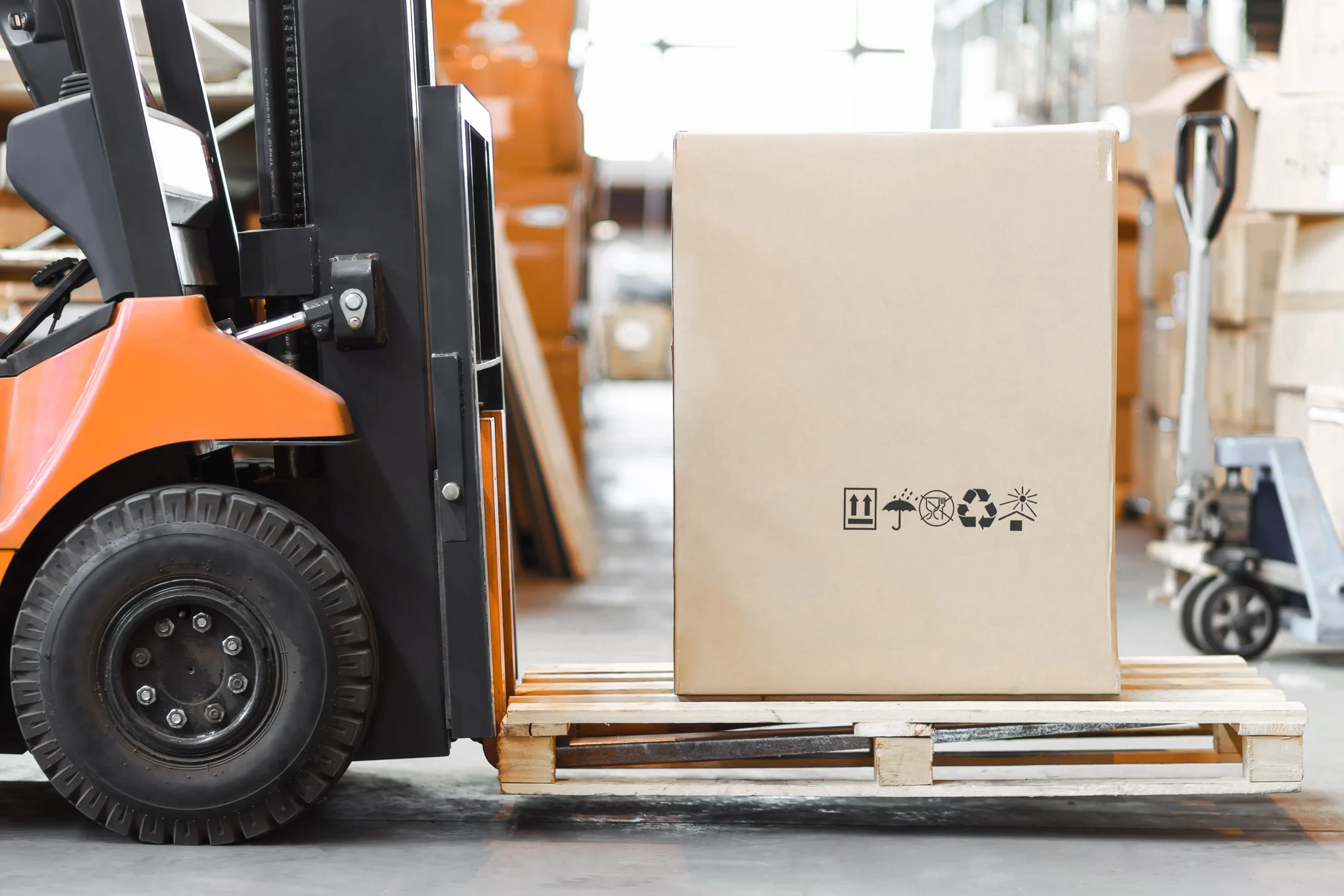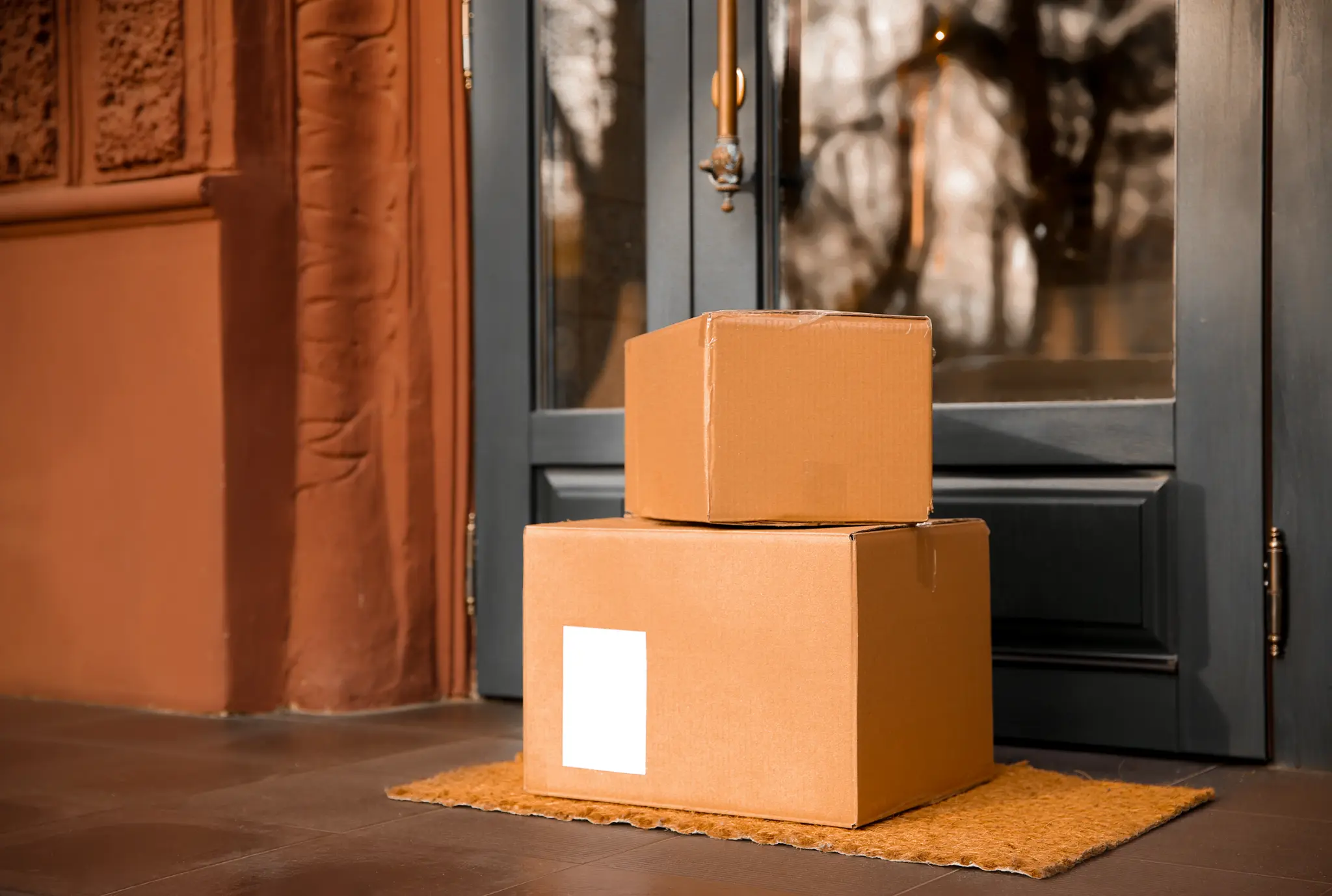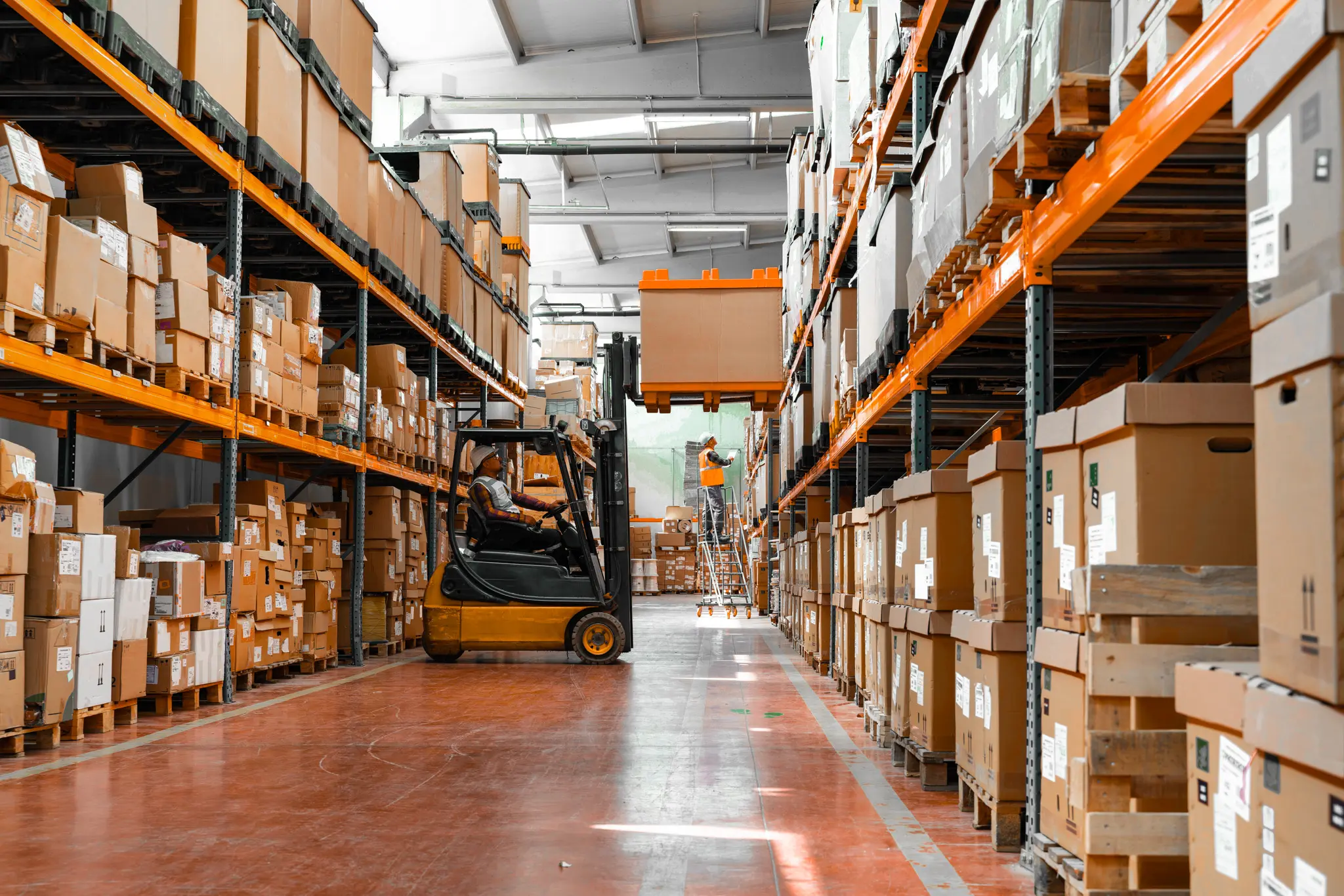No two shipping carriers are the same: each has its own benefits and features to suit different types of shipments and customers. However, for most businesses, shipping cost is the most important factor when choosing the right carrier for their shipping needs.
Keeping shipping costs low is essential to keep your business running smoothly. However, when you account for different factors like package weight and dimensions, shipping methods, and transit distance, it becomes difficult to control your shipping costs.
Here’s 7 steps you can take to reduce shipping costs and save money for your business.
1. Use Smaller, Lighter Packaging
Shipping costs used to be based on the actual weight of a package. Regardless of what you were shipping, a heavy package would always cost more to ship than a lighter one.
Then, in 2015, FedEx and UPS added dimensional weight (DIM weight) pricing that determines the shipping price based on the dimensional weight of a package or its actual weight, whichever is greater. Even USPS charges DIM weight for packages larger than 1,728 cubic inches.
Optimize your package sizing to reduce the shipping cost. Always measure the weight and dimensions of your packaging and attach the right shipping label before handing over your package to the carrier. When you pack a small item in a large package, you’ll end up paying higher shipping fees than if you had used the right box size to compactly pack your items.
You can see how package dimensions affect your shipping rate using Sifted’s DIM weight calculator.
Alternatively, flat rate shipping offers the most cost-effective option as carriers charge the same fees regardless of the package weight and size. Here are the fees charged by major carriers for envelopes, and small and large flat rate packages:
| Flat Rate Box Type | USPS Priority Mail® flat rate | FedEx flat rate | UPS flat rate |
|---|---|---|---|
| Small Box | $8.05 | $11.45 | $13.35 |
| Large Box | $19.90 | $21.65 | $21.05 |
| Flat Rate Envelope | $8.55 | $9.50 | $10.20 |
USPS Media Mail® is the cheapest way to ship items like books and media, with prices starting at $2.32.
2. Choose Quality Packing Materials
If you ship items like clothes, packing orders in a poly bag can be the cheapest option. The package size and weight is small, so it takes up less space on the delivery truck and requires less packaging supplies.
Similarly, if you sell other non-fragile products like stuffed animals, plastic toys, and lampshades, you should use the smallest and lightest cartons for your products.
Another way you can save money on shipping costs is to use packaging supplies given by your carriers. Shipping companies like FedEx and USPS provide discounted packing materials to small business owners. USPS Priority Mail® rates are lower when shippers use USPS packaging supplies compared to using their own.
Moreover, when you source your packaging products from one supplier, you can often get discounted products—something harder to achieve when sourcing from multiple providers.
Finally, if you overstock on packaging supplies, your money is tied up on shelves, and if you understock, you may face shortages and delays in completing orders. By closely following packaging stock levels, you can set optimal delivery times with your suppliers to ship packages on time.
3. Get Free Packaging Whenever Possible
DHL, a leader in international shipping, offers free packaging supplies to its customers. These include boxes, padded pouches, shipping labels, and envelopes. Other delivery options like FedEx, UPS, and USPS also provide free or discounted shipping supplies to eligible businesses.
However, if you don’t have access to free supplies, you can reuse packages by removing old shipping labels and using them to ship your own products.
4. Choose the Best Last-Mile Delivery Service
As many customers expect their orders delivered within 2-3 business days, eCommerce businesses and many shippers rely on a strong last-mile delivery service. A last-mile delivery service can help you lower shipping costs and offer fast, affordable shipping to your customers. It is important, however, to choose the right one based on the following factors:
- Speed and efficiency: Find a provider that offers fast and efficient delivery services with options for same- or next-day delivery.
- Coverage area: Choose a provider that delivers in the locations you need them the most, whether internationally, nationally, or locally.
- Technology and tracking capabilities: The best provider for you is one that has strong tracking capabilities and utilizes technology to optimize delivery routes.
- Customer service: A provider you’re selecting should prioritize customer service, timely and transparent communication, and a commitment to resolving any issues that may arise.
- Pricing and value: Consider pricing across providers, taking into account the aforementioned factors as well.
- Security and safety: Find a provider that prioritizes safe and secure delivery, as well as measures to protect packages from theft or damage.

Stop Losing Profits to Last Mile Delivery
5. Find Ways to Leverage More Favorable Rates
Shippers who ship enough volume can leverage favorable rates through volume-based discounts or negotiated contracts with carriers.
Due to the increased volume of shipping, some carriers are willing to offer lower shipping rates as they benefit from the consistent business and increased revenue.
Volume-based discounts are generally based on a minimum shipping volume, and the discount rate could increase as the shipping volume increases. Negotiated contracts may involve customized pricing based on specific shipping needs and requirements.
In addition, carriers like FedEx and UPS provide even deeper discounts through their shipping software.
6. Explore Alternative Shipping Solutions
Generally, most shippers consider FedEx and UPS the most economical options for shipping large, heavy packages, USPS shipping the cheapest for sending small packages, and DHL ideal for international shipments. However, there are more options out there.
Sendle is an Australian delivery service focusing on eCommerce retailers and small businesses across Australia and the US. Sendle has affordable, flat delivery rates, so you know exactly what you’ll pay for a given address. It offers three pricing plans: Standard, Premium, and Pro. In addition, it supports integration with eCommerce platforms like WooCommerce, Shopify, and Etsy.
Similarly, OnTrac Shipping is a regional carrier service that offers economical, fast shipping in the United States.
7. Project Cost-Savings with Logistics Intelligence
If you self-fulfill orders, chances are you spend a lot of time receiving and processing orders. As a result, you cannot focus on the effects of shipping cost trends on your business.
A logistics intelligence software helps you utilize analytics and automation to identify cost savings opportunities. You can compare and analyze multiple shipment scenarios to understand actual fulfillment costs. With this information, you can optimize your logistics budget and substantially reduce shipping costs.
Sifted Can Help You Leverage the Cheapest Shipping Rates
Finding cost-effective shipping doesn’t have to be complicated. Keep your shipping costs under control by better understanding your business’ specific shipping needs and budget, comparing different carrier rates using a shipping calculator, and negotiating discounts.
Sifted’s software gives valuable insights into cost components that affect shipping rates, enabling you to make better business decisions and optimize shipping costs.
Ready to offer affordable shipping to your customers? Get a free demo of Sifted!











